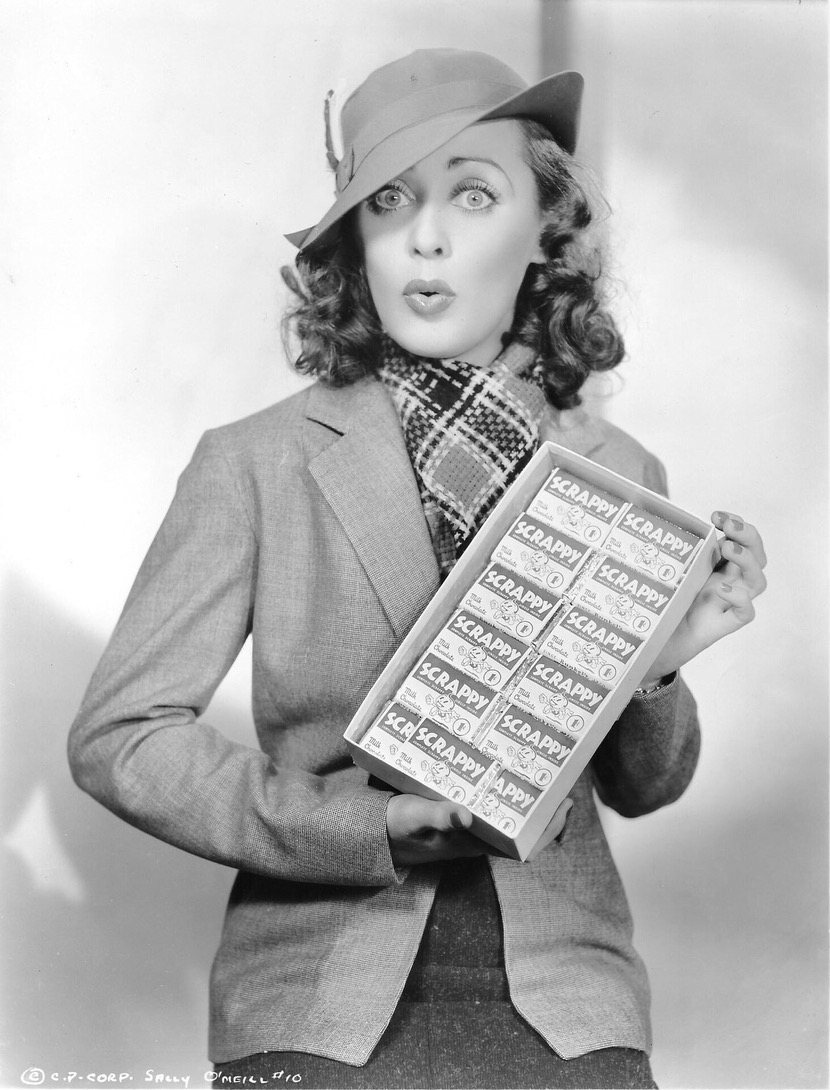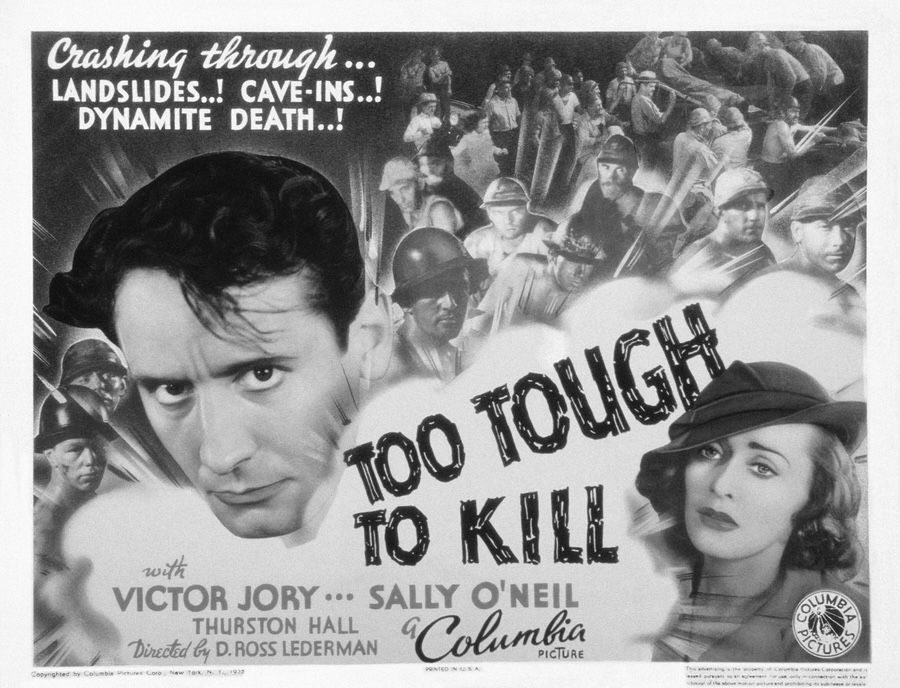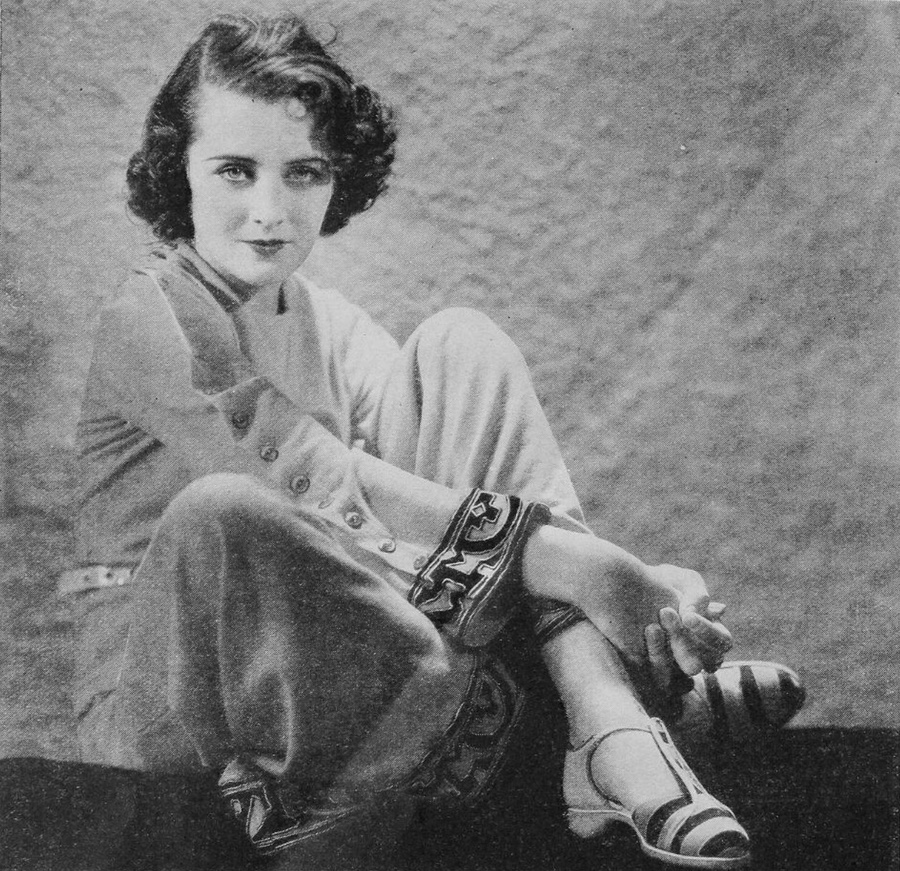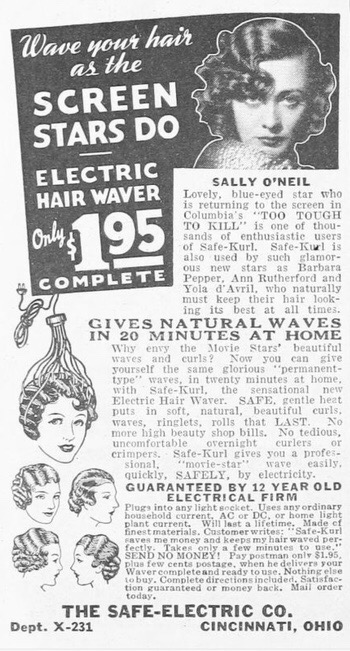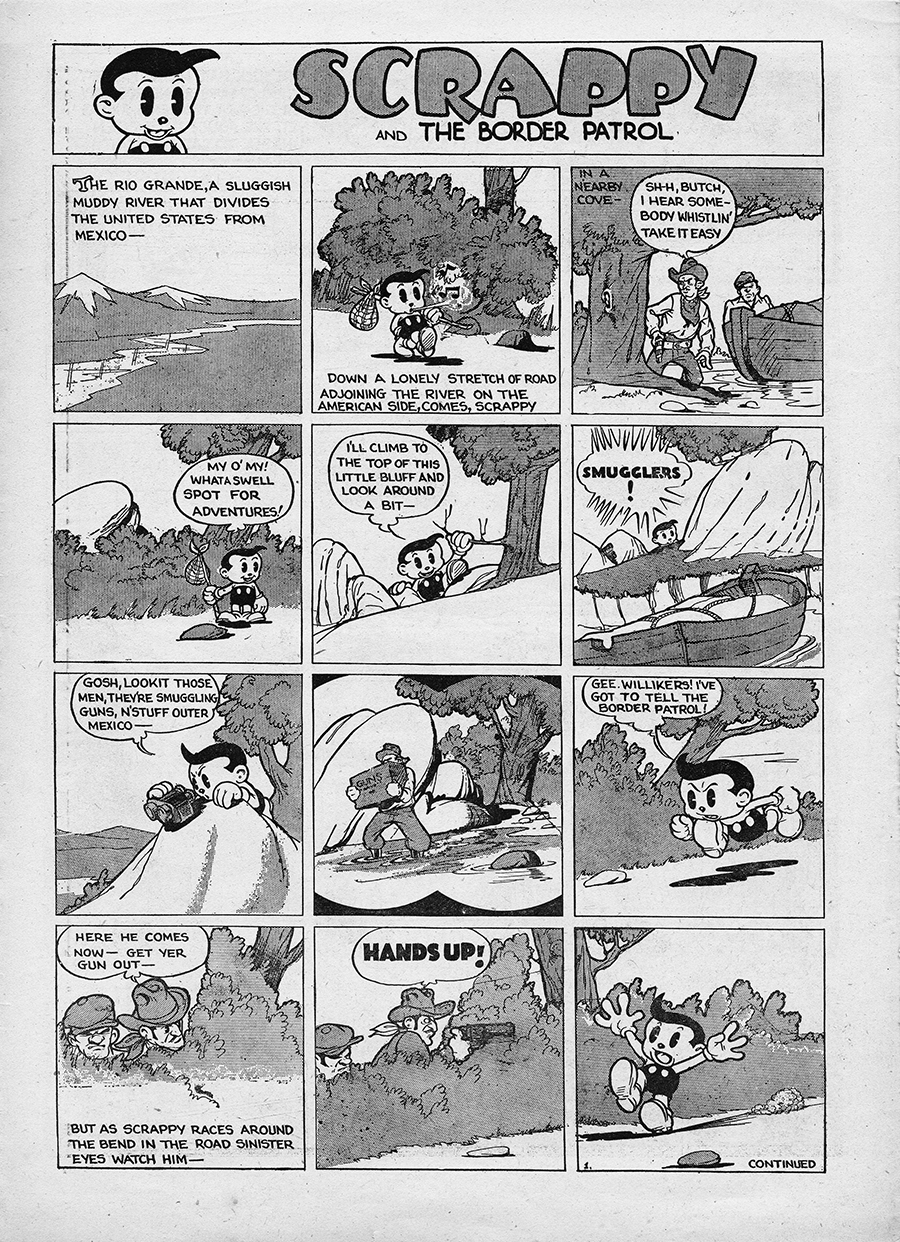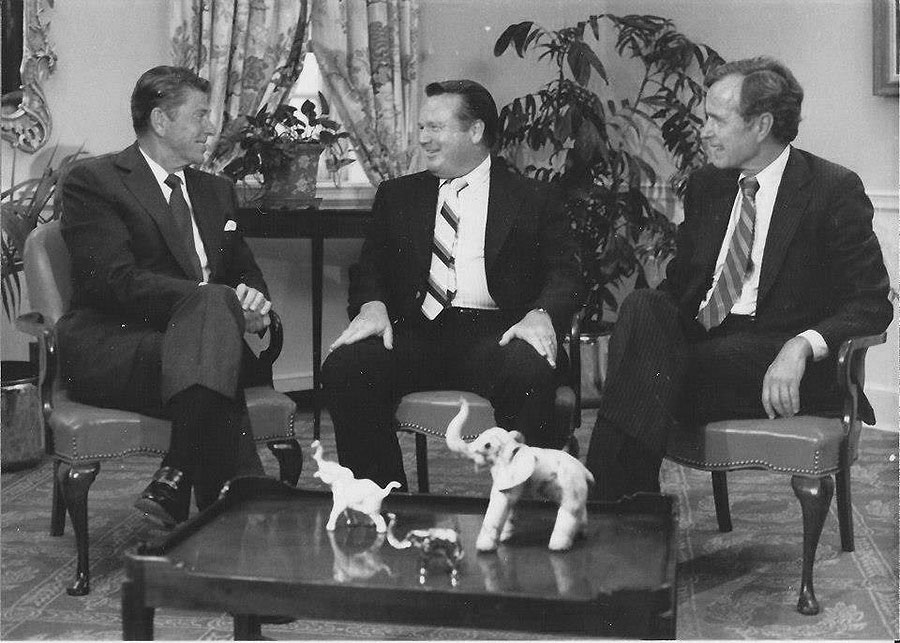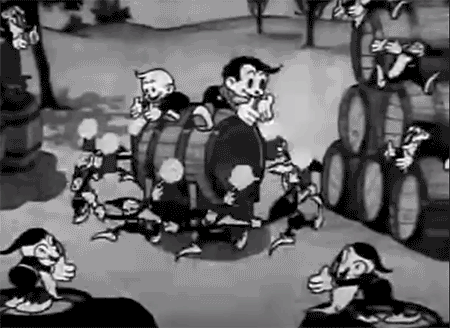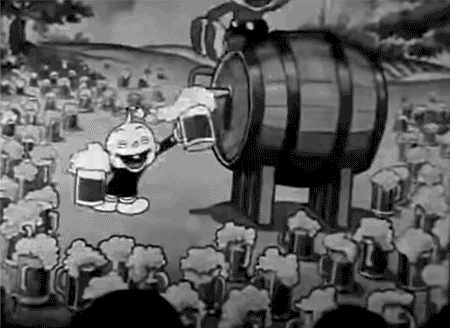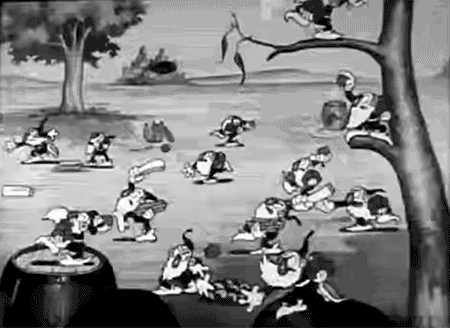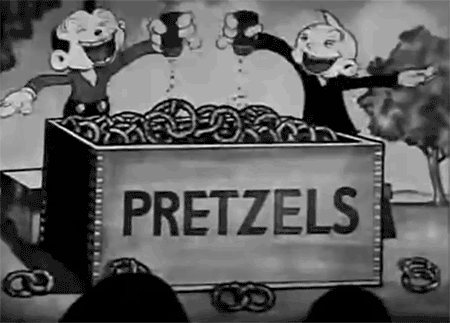Possibly the single best thing about running Scrappyland is that when people decide to research Scrappy on the web, it’s pretty much guaranteed that they will find their way here–even if they start out wholly ignorant of him, as so many people regrettably are.
That was the case with Brandon Manzione, who bought a photo of Sally O’Neil, an actress who appeared in silent films and early talkies, and wondered why she was brandishing a carton of candy bars emblazoned with SCRAPPY logos. He Googled around, found my writings on Scrappy candy, and dropped me a note.
I can’t blame Brandon for not having heard of Scrappy; I was unfamiliar with Sally O’Neil until I got his email. I was pretty sure why she would pose with Scrappy bars, though, and a quick visit to IMDB confirmed my hunch. Runkel Bros.’ Scrappy candy dated from 1935–it was promoted to a fare-thee-well in Scrappy’s Own Magazine that year–and I assumed that O’Neil made a Columbia film at that time and that the studio pressed her into service to shill for Scrappy, as it was wont to do.
Yup: O’Neil costarred with Victor Jory in a 1935 Columbia release, Too Tough to Kill, about a plot to blow up a tunnel out west. She played a newspaper reporter, and I’m sorry to report that the Independent Exhibitors’ Film Bulletin dismissed the movie as “no better than passable for the city dumps and cheap rural houses.” I’m not even sure what a “city dump” is in this case, but it can’t be good.
Even in 1935, O’Neil (1908-1968) was winding down her career. (She made only one more film after Too Tough to Kill.) Born Virginia Louise Noonan, she worked in Vaudeville as “Chotsie” Noonan–a stage name I wish she’d hung onto–before entering the movie business. Some of her silent features, including Don’t, Mike, and The Auction Block, are sadly presumed to be lost; she was also in Buster Keaton’s 1926 feature Battling Butler, which survives, and which I may have seen decades ago, as “the mountain girl.” In the sound era, she starred in 1931’s The Brat, which I assume must be interesting if only because of the fact that it was directed by John Ford.
I was also briefly excited by IMDB’s contention that O’Neil was in 45 Minutes From Hollywood, the 1926 Hal Roach short that starred Stan Laurel and Oliver Hardy–without managing to put them together in even one scene–until I learned that the website apparently confused Sally with her sister, who was born Susan Noonan and acted as Sue O’Neil before switching to Molly O’Day.
Sally’s star is said to have fallen in the talkie era because of her thick New Jersey accent and stage fright. A 1932 movie-fan magazine I ran across told a less conventional tale of career woe: Her beloved brother “Hutch” was convicted (perhaps unjustly) of stealing a couple of fur coats that belonged to bandleader Ted Lewis. He was sentenced to seven years in California’s Folsom State Prison, which sounds excessive even if he was guilty; Sally supposedly took off two years to be with the poor guy and spent all her money to defend him.
By the time frame of Too Tough to Kill, O’Neil may have been considered to have become a bit of a has-been: One magazine article about her carried the headline “I Wonder What’s Become of Sally.” But at least Columbia still thought she was enough of a celeb to help move Scrappy candy, which helps to make up for the fact that it misspelled her last name on the photo in which she did so.
And hey, at around the same time, the Safe-Kurl people of Cincinnati, Ohio, apparently paid her–handsomely, I hope–to endorse their miracle electric hair waver. I just wish she looked happier in the ad…

